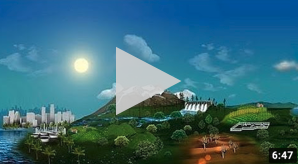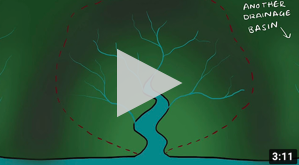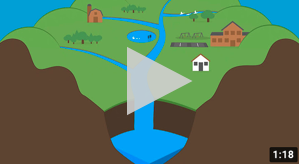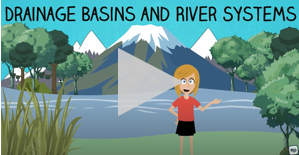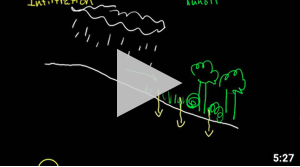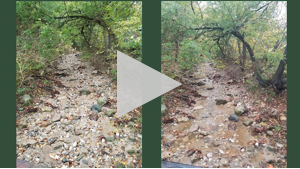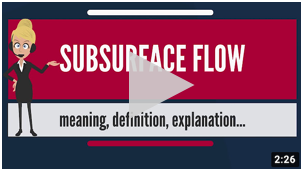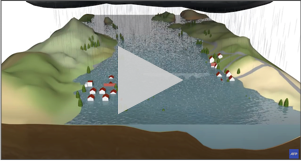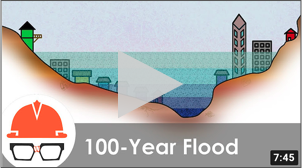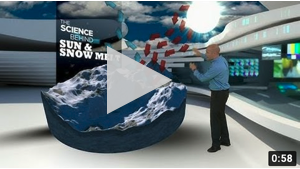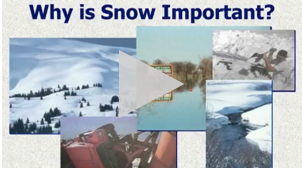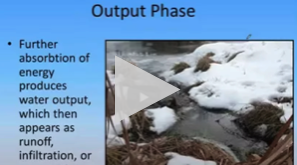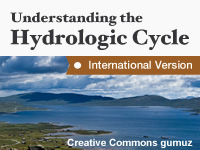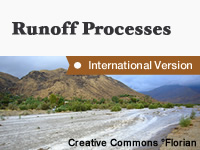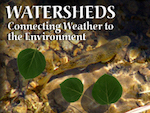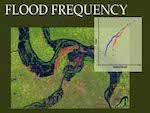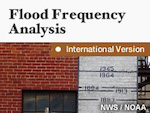Training
Section outline
-
-
Videos
-
The Spring Runoff: The Science of Predicting Snowmelt
-
Games
Hydrology Quiz
Explaining Hydrology Terms
Floods Happen. Lessen the Loss. A Coloring Book for Flood Education and Awareness
-
Online Courses
Understanding the Hydrologic Cycle: International Edition
Flood Forecasting Case Study: International Edition
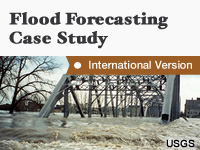
This module allows users to explore the flood forecasting process by assuming the role of a visiting hydrologist intern at the National Hydrologic Service.
By COMET® ProgramRunoff Processes: International Edition
Basic Hydrologic Sciences: International Edition
Watersheds: Connecting Weather to the Environment
Streamflow Routing: International Edition
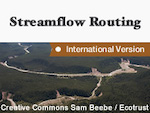
This module provides a set of methods for describing and predicting the movement of water from one point to another along a river.
By COMET® ProgramFlood Frequency Analysis
Flood Frequency Analysis: International Edition
-


